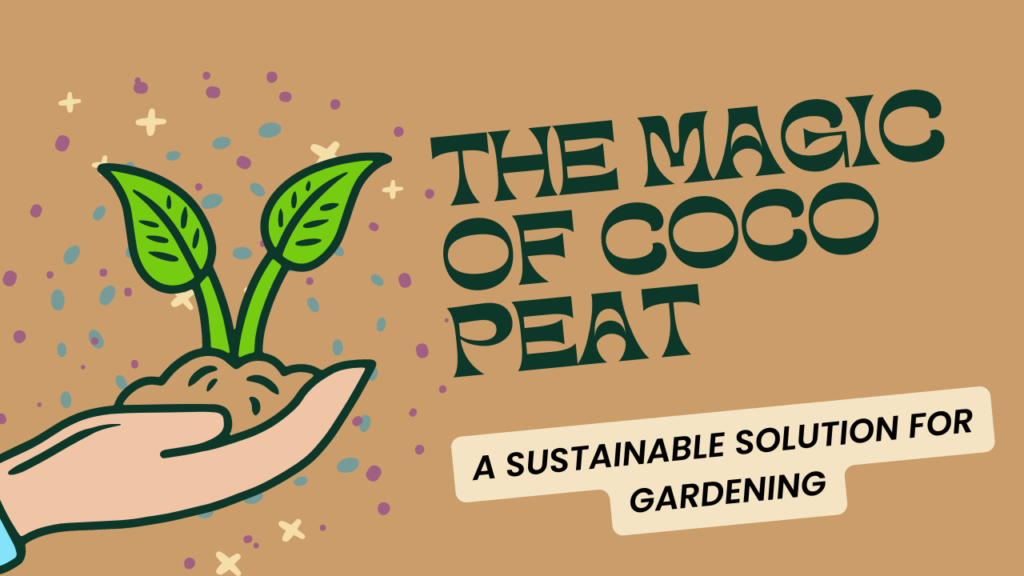Coco coir, derived from the fibrous husk of coconuts, is gaining popularity as a versatile and sustainable growing medium for gardening and horticulture. In this comprehensive guide, we will explore the power of coco coir, focusing on two popular forms: coco peat and husk chip blocks. From understanding their composition to learning about their benefits and how to use them effectively, this guide will equip you with the knowledge to unlock the full potential of coco coir in your gardening endeavors.
1. What is Coco Coir?
a. Definition and Composition: Explaining the origin and composition of coco coir.
b. Environmental Sustainability: Highlighting the eco-friendly nature of coco coir and its advantages over traditional growing mediums.
2. Coco Peat:
a. Understanding Coco Peat: Exploring the characteristics, texture, and water-holding capacity of coco peat.
b. Nutrient Content: Discussing the natural nutrient content of coco peat and its role in plant growth.
c. Applications and Uses: Exploring the diverse applications of coco peat, including seed starting, container gardening, and hydroponics.
d. Preparation and Handling: Providing step-by-step instructions on how to prepare and use coco peat effectively.
3. Husk Chip Blocks:
a. Introduction to Husk Chip Blocks: Explaining the characteristics and uses of husk chip blocks.
b. Enhanced Aeration and Drainage: Discussing how husk chip blocks promote optimal aeration and water drainage.
c. Applications and Benefits: Highlighting the advantages of husk chip blocks in orchid cultivation, landscaping, and soil improvement.
d. Preparing and Conditioning Husk Chip Blocks: Guiding readers on how to properly hydrate and condition husk chip blocks before use.
4. Advantages of Coco Coir:
a. Water Retention and Drainage: Explaining how coco coir balances moisture levels and promotes proper root hydration.
b. pH Stability: Discussing the neutral pH of coco coir and its impact on plant health.
c. Disease and Pest Resistance: Highlighting the natural resistance of coco coir to pathogens and pests.
d. Sustainability and Reusability: Emphasizing the eco-friendly nature of coco coir and its ability to be reused or recycled.
5. Tips for Using Coco Coir Effectively:
a. Mixing Ratios and Amendments: Providing guidelines on blending coco coir with other growing mediums and necessary amendments.
b. Watering and Moisture Management: Offering insights on proper watering techniques and moisture management when using coco coir.
c. Nutrient Supplementation: Exploring the importance of nutrient supplementation and fertilization in coco coir-based gardening.
d. Troubleshooting: Addressing common issues and offering solutions related to coco coir usage.
Conclusion:
Coco coir, in the forms of coco peat and husk chip blocks, offers a sustainable and versatile solution for gardeners and horticulturists. Its unique properties, including excellent water retention, pH stability, and disease resistance, make it an exceptional choice for various gardening applications. By harnessing the power of coco coir, you can unlock the potential for healthier plants, better yields, and a greener approach to gardening.


